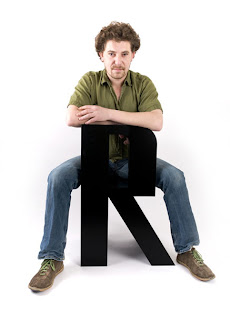Lately, I’ve been comparing the processes of silk screening and graphic design due to the fact that I am currently taking both Design 1 and Chicano 73 (the silk screening class). Having these two classes juxtaposed back to back against each other, I have begun to see their correlating factors and values.
To me, the outcome or the product is the same. As a silkscreen artist and someone aspiring to be a graphic designer, we must first plan our layout. The placement of information such as graphics and text are all equally important in silk screening and graphic design. We both convey the same information but how we get to finish makes us different.
Milton Glaser, Psychedelic, 1983
Both the silkscreen artist and the graphic designer must finish design a plan. A layout for their product, then they must split the design into layers. Each layer is basically another plan, a layout of a specific color. However, while the graphic design can design their layout on a computer program and sort them out accordingly. The silk screener must design their layouts manually using exacto knives, ink pens, acetate, ruby lift, and other expensive products.
Malaquias Montoya, Vietnam Aztlan, 1973
I believe that learning two of the processes is equally important. One teaches the basics and importance of traditionally done work, it demonstrates the time, effort, and patience the silk screener must work to create a semi-limited print. While the other is a new-age technology that is generally quicker but applies the same basic principles of silk screening.
These two classes illustrate my reasoning in picking my two majors art studio and design because I believe in the importance of learning both traditional and modernistic ways of producing art.













